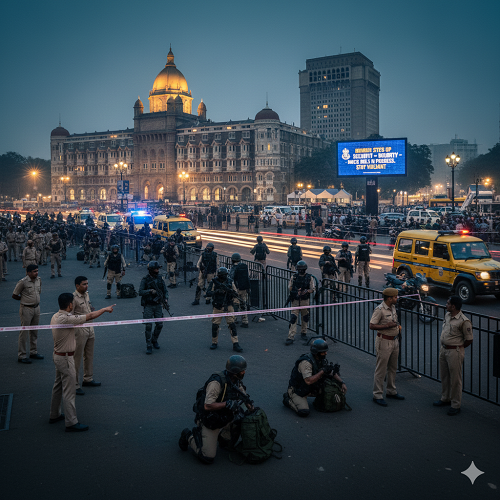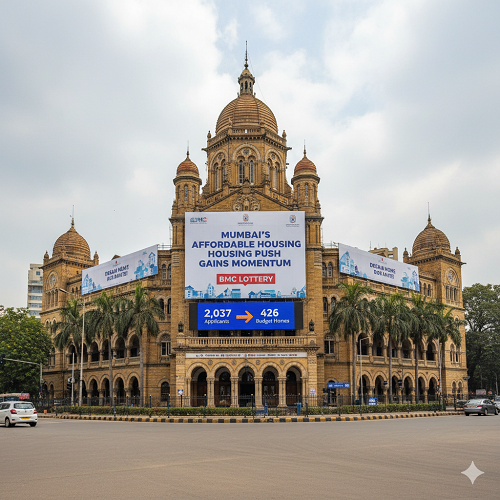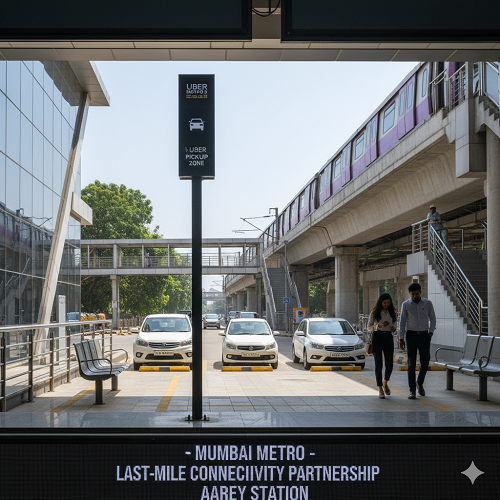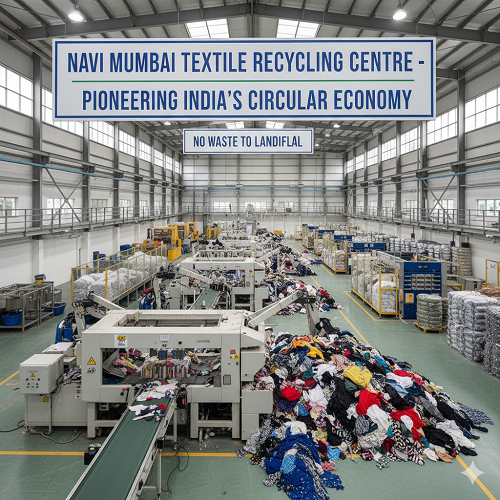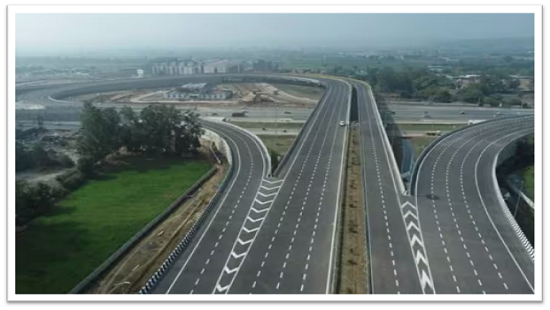
Maharashtra Greenlights ₹14,260-Crore Plan to Expand Mumbai Pune Expressway With 4 New Lanes as Traffic Surges
The Mumbai Pune Expressway, officially known as the Yashwantrao Chavan Expressway, is set for its biggest expansion since its inauguration in 2002. With daily traffic now ranging between 80,000 and 100,000 vehicles, and even higher volumes during weekends and public holidays, the Maharashtra Government is preparing to approve a major capacity augmentation proposal worth approximately ₹14,260 crore. The plan aims to add four additional lanes to the existing six lane expressway, significantly improving commuter experience and reducing chronic congestion.
Senior officials from the Maharashtra State Road Development Corporation (MSRDC) confirmed that the proposal is being finalised for submission to the state government. If tendering progresses on schedule after approval, the expressway will be widened to ten lanes by 2030. This expansion marks an important shift in the state’s long term infrastructure planning strategy, especially as travel between Mumbai and Pune intensifies due to economic, industrial and residential growth.
The existing six lane structure, three lanes in each direction, was designed more than two decades ago. Over time, traffic has surged far beyond original projections. Although the historic Amrutanjan Bridge was demolished in 2020 to ease bottlenecks, motorists continue to report delays, particularly along the stretch where the expressway merges with the Old Mumbai Pune Highway.
The Congestion Hotspot From Adoshi Tunnel to Khandala Exit
One of the most critical pressure points lies between the Adoshi Tunnel and the Khandala exit. While this section has six lanes, it effectively handles traffic from ten lanes, six from the expressway and four from the old highway. The mismatch in merging capacity creates daily chokepoints, especially during peak travel hours and holiday rush periods.
The issue was highlighted again recently when many commuters took to social media to report that their travel time between Mumbai and Pune had stretched to nearly eight hours. One user remarked that the old highway, despite being slower and carrying lower tolls, often provides faster travel during congestion.
This recurring problem has accelerated the need for a comprehensive upgrade. Earlier proposals, drafted in the early 2020s, recommended an expansion from six to eight lanes. However, based on updated traffic analysis and projections for the next decade, the plan has now been revised to ten lanes.
The upcoming missing link project will further reshape traffic patterns once it becomes operational. The MSRDC anticipates that the new link, which bypasses the ghat sections of Khandala and Lonavala, will attract additional vehicles to the expressway. Hence, the ten lane configuration is now being positioned as a long term solution rather than a short term relief measure.
Missing Link Project Expected to Transform Travel Patterns
The missing link project is a 13.3 kilometre stretch designed to bypass one of the most accident prone and congestion heavy sections of the expressway. Once completed, it will eliminate steep gradients, sharp curves, and monsoon related bottlenecks that frequently slow down travel between Khopoli and Khandala.
The project is expected to be operational by early 2026. Its launch will not only cut travel time but also improve road safety and reduce the burden on the ghat sections. However, with improved efficiency comes increased traffic volume. This factor has played a major role in MSRDC’s decision to push for a ten lane design rather than a smaller expansion.
For freight carriers and logistics companies, the missing link will provide greater predictability in travel cycles. For private commuters, the improved alignment will make weekend travel smoother and safer. The combined effect of the missing link and the lane expansion is expected to redefine mobility between Mumbai and Pune for decades.
Financial Model and Toll Structure
The proposed ₹14,260 crore expansion will follow a shared financing model. The state government is expected to contribute approximately 40 percent of the capital expenditure. The remaining investment will be provided by the private infrastructure firm awarded the tender. Such models are increasingly used to share risk, accelerate execution and attract technically capable developers.
To ensure financial viability, the toll collection period on the expressway will be extended beyond April 30, 2045 once the expansion is approved. This extension provides revenue stability for the executing agency while ensuring that users benefit from improved road quality through structured investment.
The expressway, which has been a critical transport corridor since its inauguration in 2002, has supported the growth of numerous industrial clusters including Pimpri Chinchwad, Talegaon, Chakan and Khopoli. As these zones continue to expand, freight and passenger traffic demand is expected to rise. The financial model for the expansion therefore balances cost recovery with long term infrastructure sustainability.
A Strategic Upgrade for Maharashtra’s Mobility Future
The Mumbai Pune Expressway is more than a road, it is a backbone for economic, industrial and talent movement between two of Maharashtra’s most dynamic cities. The move to expand it to ten lanes reflects the state’s recognition that mobility infrastructure must keep pace with economic growth patterns.
By 2030, the widened expressway is expected to deliver smoother travel, reduced congestion, faster freight movement and improved road safety. When combined with the upcoming missing link, it will create a more dependable and efficient corridor that can support future increases in traffic volume.
Maharashtra’s decision to invest in such a large scale upgrade signals a commitment to long term planning, smarter road engineering and better commuter experience. As Mumbai and Pune continue to grow, this expressway expansion will serve as a foundational step in shaping the region’s mobility ecosystem for the next generation.

